Shanghai Port is located in Shanghai, China, facing the East China Sea.
It is China’s largest sea port and an inland port of China’s longest river (the Yangtze River). As an inland port, it connects many cities on the Yangtze River in China. As a sea-port, it connects more than 500 ports in 214 countries and regions, and has more than 80 international routes.
The old Shanghai Port is located at the estuary of the Yangtze River, but there is no deepwater port. In 2002, Yangshan Deepwater Port began to be built.
Yangshan Deepwater Port is in Hangzhou Bay, it is a part of Shanghai Port, connected to Shanghai City by Donghai Bridge.
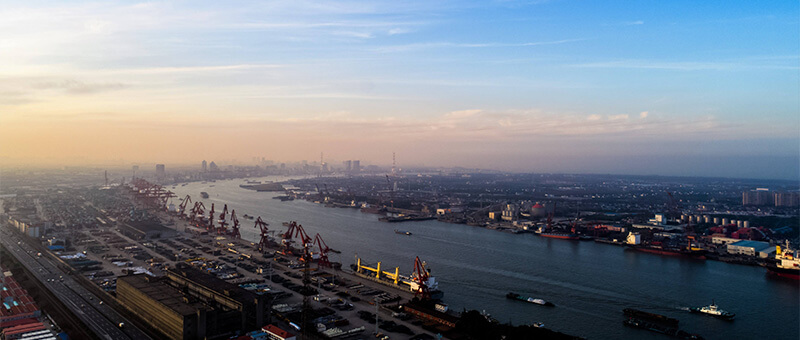
As of 2005, the water area of Shanghai Port was 3620.2 square km (excluding Yangshan Port).
The water area of the Yangtze River Estuary is 3580 square km. The water area of Huangpu River is 33 square km, and the land area of the port area is 7.2 square km.
The land area of the harbor port area is composed of 4 parts: the south bank port area of the Yangtze River estuary, the north bank port area of Hangzhou Bay, the Huangpu river port area, and the Yangshan deepwater port area.
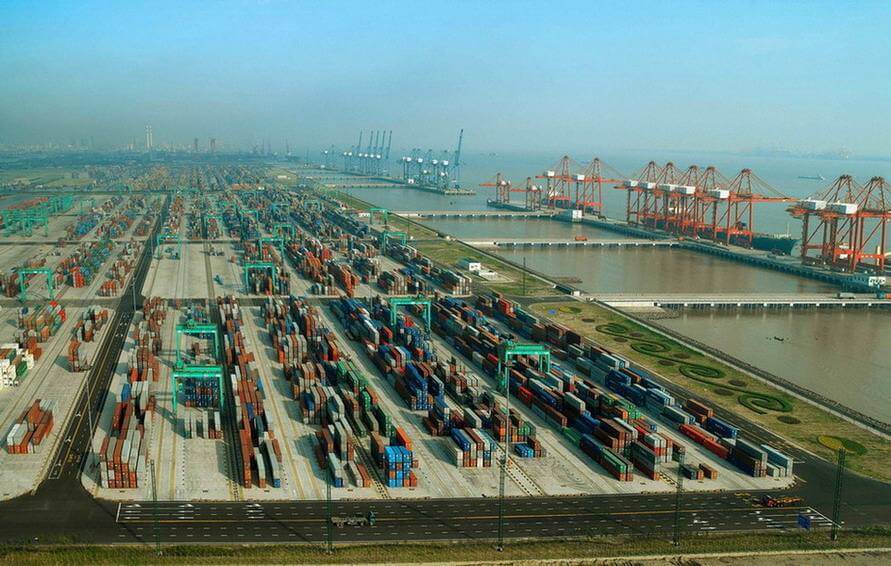
In 2019 Shanghai port handled 43.3 million TEU.
Shanghai Port History
China is a country with a long history, so buildings like ports have a very long history too.
Shanghai Port was originally an inland port.
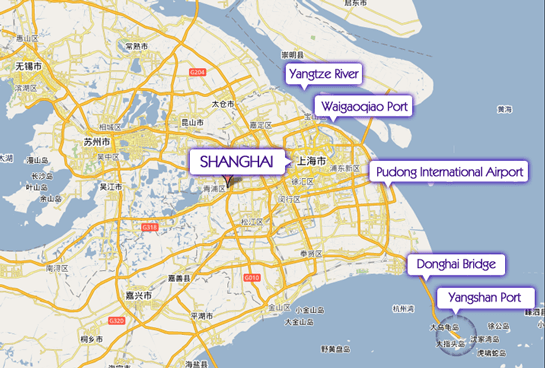
In the early years of the Sui Dynasty in China (589-604), Huating set up towns, the earliest inland port towns in Shanghai.
(907-960) Shanghai Port has commercial ships between Japan, Korea, Khitan, and Dashi. Imported kerosene from Huoshi to transport kerosene.
This means that the Shanghai Port has begun to transform into the sea port.
But at that time, Shanghai Port was not an industrial port, and it was far from its current scale. After several dynasties, the time came to 1842.
In 1842, the British army occupied the county town of Shanghai and signed the “Sino-British Nanjing Treaty.” Shanghai was designated as one of the five trading ports.
After that, Shanghai Port began to have small-scale industrialization.
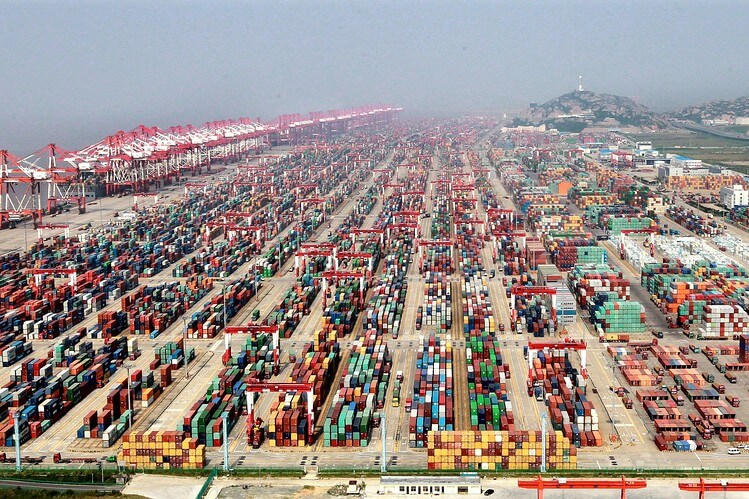
It was not until 1979, after China’s reforms, that Shanghai Port began a truly large-scale industrialization.
In January 1996, Shanghai started the construction of an international shipping center. On December 10, 2005, the first phase of the Yangshan Deepwater Port Area of Shanghai Port was completed and put into operation, and the Yangshan Bonded Port Area was opened at the same time.
With the development of China, Shanghai Port has gradually become the world’s first port(Beyond Singapore Port in 2010).
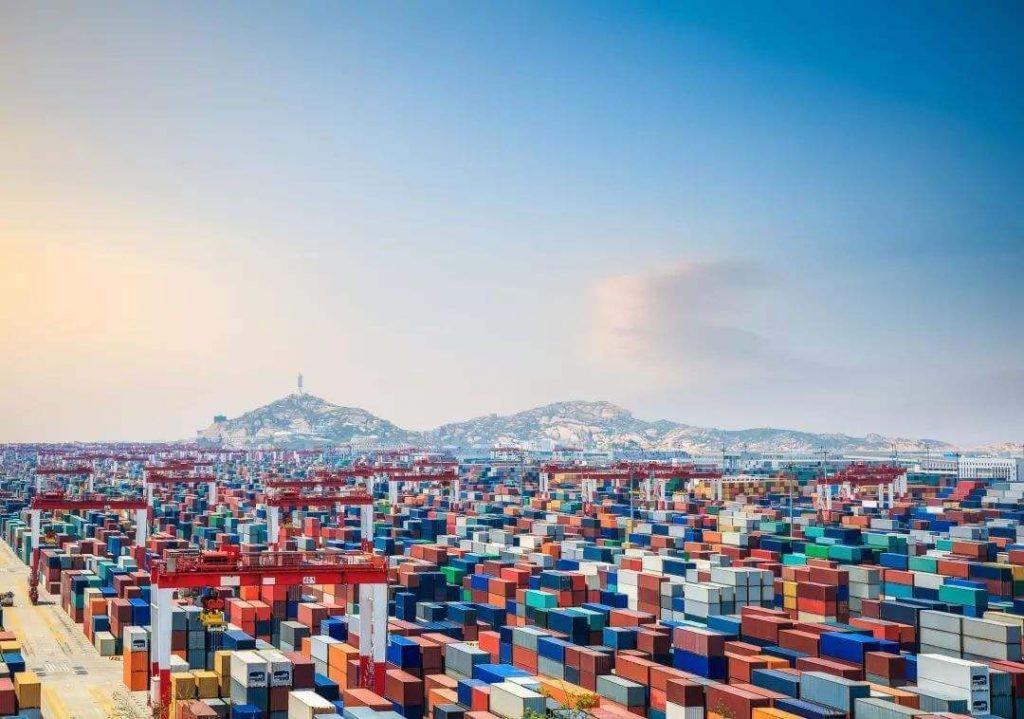
Yangshan Deepwater Port
Yangshan Deepwater Port is an important part of Shanghai Port, which opened on December 10, 2005.
The total planned area of the Yangshan Port Port Area is over 25 square kilometers, including four port areas in the east, west, south and north. It will be constructed in four phases from 2002 to 2020.
The total investment of the project is more than 70 billion yuan (about 10 billion US dollars), of which 2/3 is for the reclamation project, and the bridge crane machinery for loading and unloading containers is about 20 billion yuan (about 3 billion US dollars).
Shanghai formally raised the issue of building a deepwater port in 1995. In 2002, the construction of the first phase of the Yangshan Port began; in December 2005, the first phase of the Yangshan Port (including the Donghai Bridge) was completed and put into operation.
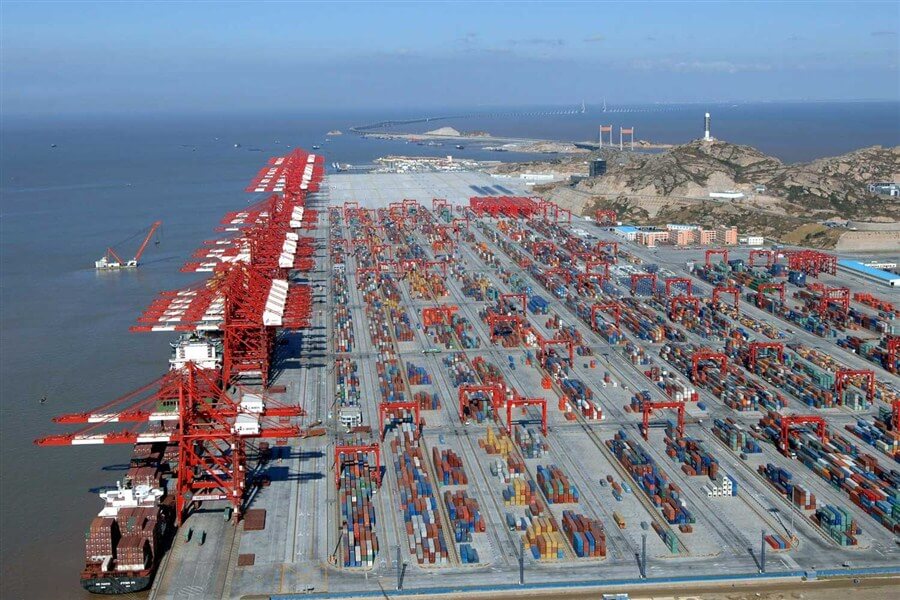
Smart port
Smart port, also called unmanned port. Because 90% of port work is replaced by machines, it is a high-tech future port.
At the end of 2017, the Yangshan Port Phase IV terminal was in operation. It adopted the production scheme of “remotely controlled container bridge crane + Automated Guided Vehicle (AGV) + automatically controlled rail crane”.
Automated Guided Vehicle (AGV) is used to move goods. These automatic robots replace manual labor, which is safer, more efficient and accurate than manual labor, and can work 24 hours a day.
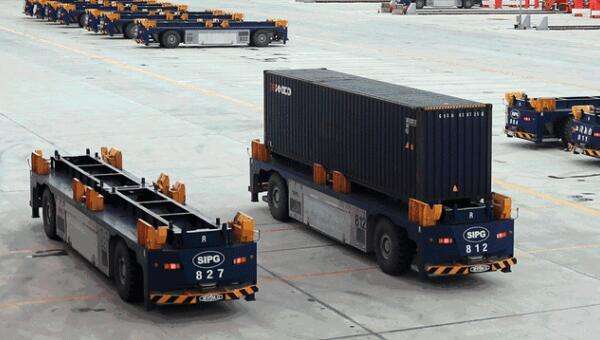
Adopt AGV automatic power exchange system, the battery can make AGV work for 8 hours, the whole process of replacing the battery takes only 6 minutes, the battery is fully charged in only 2 hours, the entire charging process zero emissions, can save energy consumption by more than 40%.
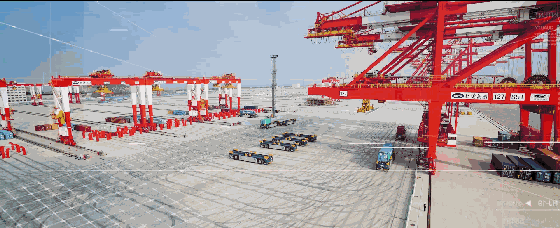
The shore bridges on the sea side are all controlled by automatic remote control, and the rail cranes used on the land side also realize automatic boxing. The sea side rail cranes are all double-box automatic rail cranes, which can improve work efficiency by 50%.
The Yangshan Port Phase IV terminal has 26 automatic bridge cranes, about 120 automatic rail cranes and more than 130 AGVs. It is the largest and most automated terminal in our planet (as of 2020).
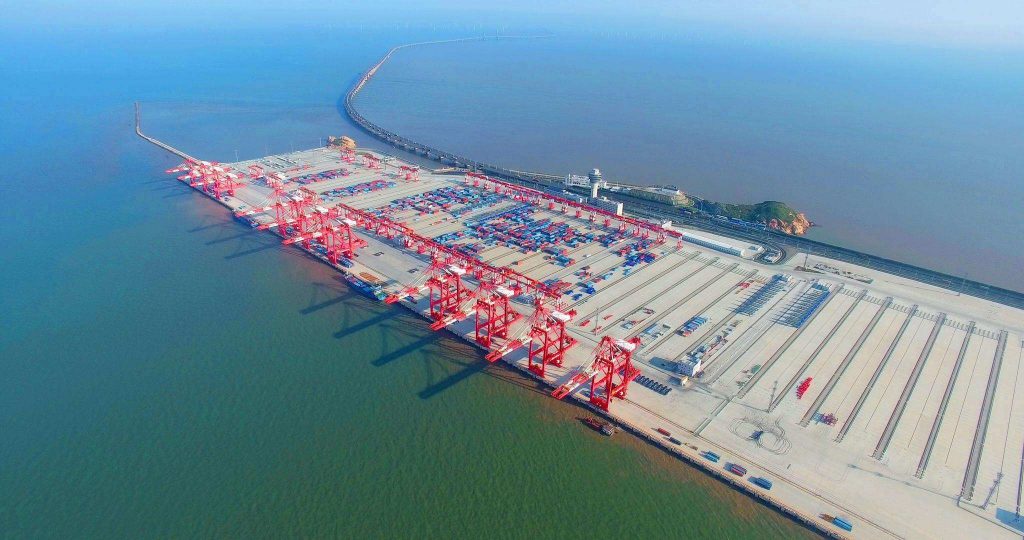
Shanghai Port Data
- Country
- China
- Location
- Shanghai, China
- Official name
- 上海港
- Year of opening
- 589 AD
- Industrialization date
- 1842
- Status
- In use
- Maintained by
- Shanghai International Port Company Ltd.
- Port type
- Seaport, River-port
- Features
- Smart port, Natural port, Artificial port
- Sea area
- East China Sea
- Annual container volume
- 43.3 million TEU (2019)
- Annual container volume
- 702 million tons
View Shanghai Port on Google Satellite Map
Google satellite maps allow you to see building details more clearly, including natural landscapes such as mountains, rivers, deserts, sea and man-made engineering buildings.
If you are very interested in this engineering building, it is a good idea to click below Google Map icon. We will help you jump to the corresponding location of this building or engineering on Google satellite map.




























































